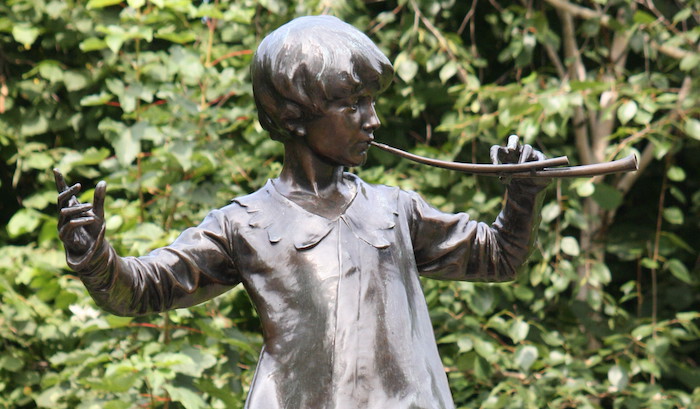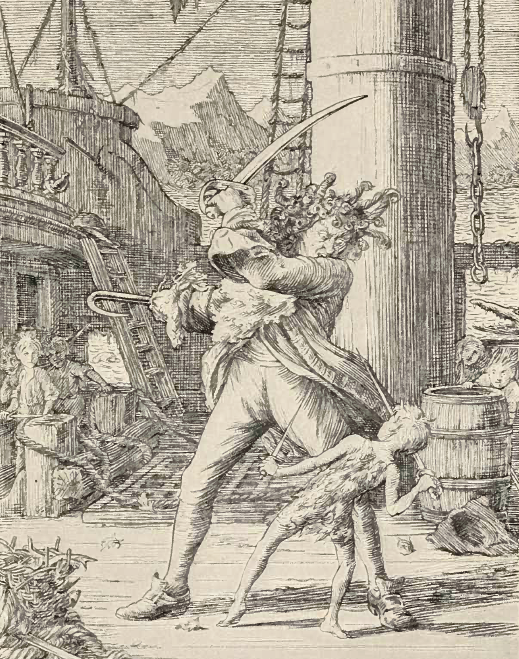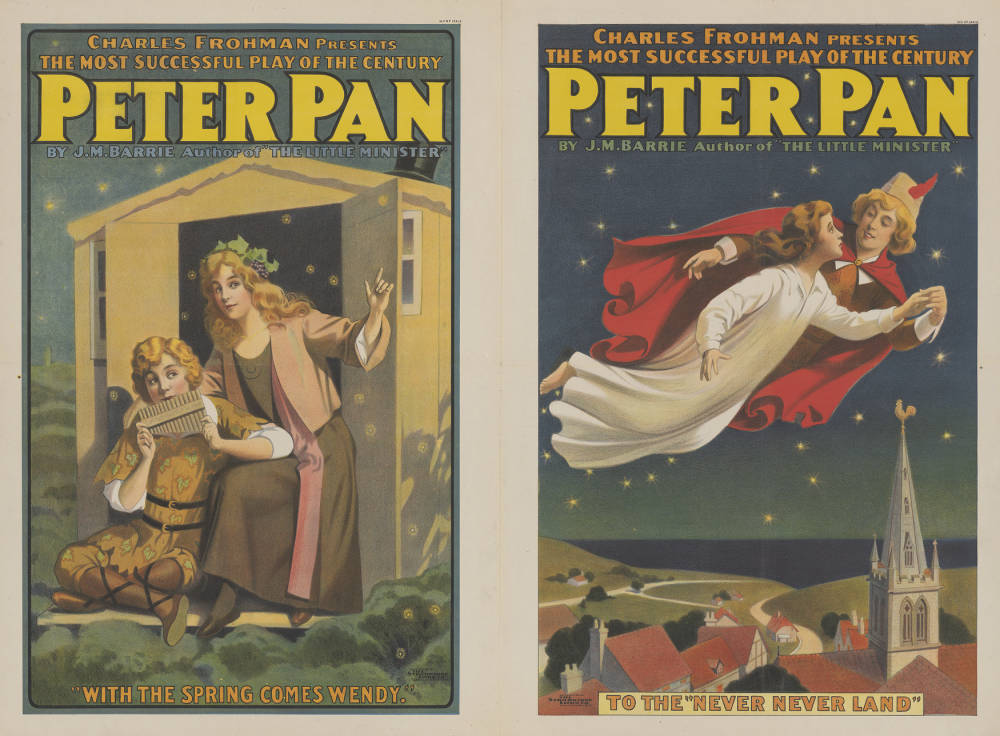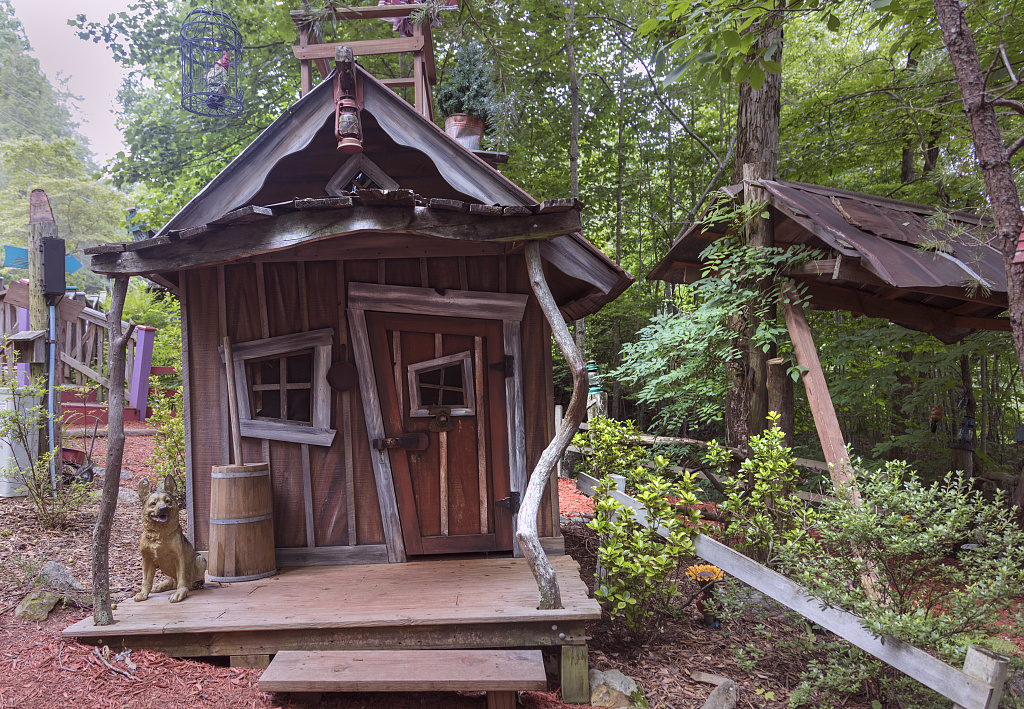Back in April, I tried out a post about something literary, rather than my usual history and folklore content. Beloved Patreon backer Bryan Gustafson asked me to do another one and suggested J.M. Barrie’s stage play (and later novel) Peter Pan. Who am I to say no to Bryan? In reading Peter Pan, I was struck by two things: first, that this book is a classic for a reason, and second, that Neverland operates under some interesting rules for an adventure site!
This post is brought to you by beloved Patreon backer Colin Wixted. Thanks for helping keep the lights on! If you want to help keep this blog going alongside Colin, head over to the Patreon page – and thank you!

First, the basics. Neverland is an island to which children’s minds travel when they are sleeping and in which they have fantastical adventures. It is the home of Peter Pan’s eponymous focal character. It’s ambiguous how dangerous the island really is. In the book, children in Neverland are frequently in mortal peril but are never actually hurt for long. Events in the real world affect Neverland: its fairies are created by the laughter of babies in our world and are slain by real-world children proclaiming they don’t believe in fairies anymore.
The island has multiple factions. Chief among them are the Lost Boys, children who got lost after falling out of their strollers and now live in Neverland permanently. Peter is their leader. He gives various contradictory origin stories for himself (and the narrator implies one or two more), but all agree that he is a human child who cannot or will not grow up. The Lost Boys fight Neverland’s pirates and have a changing relationship with the island’s ‘redskins’ (about which the less is said the better). Neverland also has faeries, mermaids, and intelligent animals both man-eating and harmless. Besides the Lost Boys, all of Neverland’s inhabitants are fictional from the perspectives of the point-of-view characters. For instance, the story’s antagonist, the pirate Captain Hook, once worked with fictional pirate Long John Silver.
Finally, Peter is an animating force for the whole of Neverland. When Peter isn’t on the island, its inhabitants take it easy. Even the pirates and the Lost Boys refrain from making war on one another. But when Peter returns, Neverland bursts into action, as if it exists only for his amusement. As someone who got into RPGs through D&D, I can’t help but notice the similarities to the domains of Ravenloft, each of which is in some way an extension of (or prison for) its ruling NPC.

Much of the above are good, albeit unsurprising, guidelines for creating an isolated region for your party to adventure in. But Neverland has some more distinctive attributes to offer us!
For one, Barrie leaves it ambiguous where Neverland actually is. The protagonists reach it by flying over the ocean for weeks. They return by sailing in Hook’s pirate ship to the Azores and flying home to England from there. But then consider this excerpt:
“While [Mrs. Darling] slept she had a dream. She dreamt that the Neverland had come too near and that a strange boy [Peter Pan] had broken through from it. He did not alarm her, for she thought she had seen him before in the faces of many women who have no children. Perhaps he is to be found in the faces of some mothers also. But in her dream he had rent the film that obscures the Neverland, and she saw Wendy and John and Michael peeping through the gap.”
We could read this as suggesting that Neverland is an island in a non-terrestrial ocean that occasionally connects to our ocean when the veil between worlds is thin. But you can also read it as implying that Neverland is a real island in our real ocean protected by a ‘film’ that keeps out grown-ups. Given that Neverland seems tropical, it could be smack dab in the middle of the Bermuda triangle!
What differentiates an adventure site hidden under a Peter Pan-style ‘film’ from, say, Wakanda in Black Panther? The key is that it’s outside audience expectations. Marvel movies and comics don’t have much internal consistency in aesthetics, theme, or story processes. When a bubble concealing something unexpected is introduced, it doesn’t run contrary to audience expectations. It’s not shocking.
But imagine an adventure region protected by an imperceptible film that makes people deviate around it without considering why. The film doesn’t reach high enough to interfere with air traffic. The area reads as empty on satellite photography. Then drop this place in Call of Cthulhu or Warhammer 40k. In both cases, it’s similar enough to the premises of the setting (unlike those of, say, Mechwarrior or Jane Austen) that it’s not going to make your players reject the adventure site as being outside the implicit promise of the game setting. But it’s still different enough from what they’re used to that it should be shocking. There’s a sweet spot for these sorts of reveals – weird, but not too weird – and I think Peter Pan’s ‘film’ around an adventure site fits the sweet spot for most traditional RPG settings.
Plus, getting in is a fun puzzle! If you can’t sail in, walk in, or fly in, how do you get there? Can you tunnel in from below? Can you walk through the film backwards, or with your eyes closed so you don’t see it? Can you parachute in from above, since your fall is dictated by physics, not intention? Let your players experiment around with different solutions. Have the attempt that fits the tone you’re trying to set in this new adventure site be the one that succeeds.

Barrie makes it clear each child generates a unique Neverland:
“Of course the Neverlands vary a good deal. John’s, for instance, had a lagoon with flamingoes flying over it at which John was shooting, while Michael, who was very small, had a flamingo with lagoons flying over it. John lived in a boat turned upside down on the sands, Michael in a wigwam, Wendy in a house of leaves deftly sewn together. John had no friends, Michael had friends at night, Wendy had a pet wolf forsaken by its parents, but on the whole the Neverlands have a family resemblance, and if they stood still in a row you could say of them that they have each other’s nose, and so forth.”
But when the children arrive in Neverland together, they discover the island has merged all their different versions of it. John’s lagoon is there, as is Michael’s wigwam and Wendy’s wolf pup. In a Neverland-inspired adventure area, this gives the players a lot of power to help out the GM. If your adventure site is, say, a collection of worst fears instead of a children’s paradise, the GM can poll the players between sessions about what the characters’ worst fears are.
Then they all show up in the same adventure! Managing the tonal clashes – shifting between, say, heights, watching your children die, and really big snakes – would be a challenge for the GM, but not an unwelcome one! It also guarantees each PC spotlight time and gives them the opportunity to reveal a bit about their inner motivations to the rest of the party.

Neverland, being at least partially make-believe, is not static. It shifts and changes as the plot demands. Sometimes, the unexplored parts of the island spread and Neverland grows less familiar. Sometimes the guileless logic of the island changes and the children are no longer certain they will overcome every obstacle they encounter. This is consistent with childhood too, in its own way. Much of childhood centers around ignorance, uncertainty, and fear. Neverland changes, but stays within certain thematic boundaries.
Making an adventure site unreliably consistent (within certain constraints) combines well with it being a shared reality. Both combine well with being isolated behind a ‘film’ – it’s an implicit promise by the GM that while your campaign’s Neverland-analogue may be weird and unpredictable, the established truths the players learned adventuring on the other side of the film will still be true when they get back.






